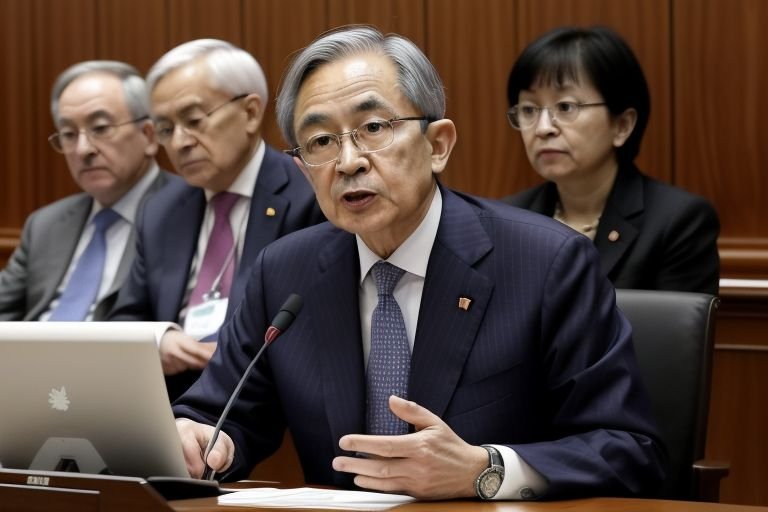Following their recent statement that the central banker should adopt a ‘modest’ approach in adjusting the interest rates, Bank of Japan board member Seiji Adachi today explained that the current interest rate increments should be very moderate due to continuing economic volatilities. While briefing the journalists in Tokyo, Adachi prominently underscored that there should be no early hikes in the rate, indicating that the BOJ will retain the easing stance in the incoming policy sessions.
Adachi’s statement is made amid the gradually recovering Japanese economy but the factors like the stability of growth and external factors still can be unpredictable. The BOJ recently came under pressure to wind down its loose monetary policy, which has been in place for years to battle deflation. Nevertheless, they are cautious against stringent policies cause they believe that it may harm the recovery.
The comments made by the board members have been supported by the overall sentiment within the BOJ, where, according to a recent poll conducted by Reuters, the majority of the economists expect the central bank to omit another rate hike by the year’s end. To this effect, the following statement best captures the central realities of the Japanese economy today: This cautious approach was driven by the fact the Japanese economy currently faces multiple volatile factors in terms of growth and inflation.
Japan has encountered a number of headaches, such as the declining yen, which has caused many people to worry about importation costs and firm profits. A weaker currency is usually good news for export businesses since they can sell their goods and services in foreign markets at higher exchange rates. But it is also bad news for import businesses, businesses importing their raw materials, or consumers Since imports will become expensive.
Tokyo’s benchmark index has been rather stable over the past few weeks as export companies’ shares lifted by the falling yen. But, evidence is growing that traders are not eagerly putting on new positions, especially ahead of the Chinese stock market opening at the start of the week, which may add more turbulence to SE Asia markets.
More broadly, Japan is moving through a severe problem of shortages of workers, which remains a downside risk to the pace of growth. The shortage is most sharply felt in IT industry, Japanese firms expect to suffer a personnel gap by 2030. This structural problem puts a question to the economic reforms that go beyond monetary policy solutions.
The incoming prime minister Sanae Takaichi has signaled her openness to discuss even more restrictive fiscal policy measures, at the same time repeating the mantra that the monitory policy lies with the BOJ and “has to be” accommodative. This tension is perhaps the best way to demonstrate the magnitude of the problems facing policymakers as they try to coordinate fiscal and monetary policies in the drive for economic growth.
In this regard, the prospects of Japan still depend upon economic recovery, productivity, consistent with paying cautious attention to lasting structural problems. The recently announced slowing down in rate hikes by the BOJ is therefore not a unique decision as it is supported by significant global sentiment that is wise to approach the issue of rates and growth increment with prudence in current scenario.


